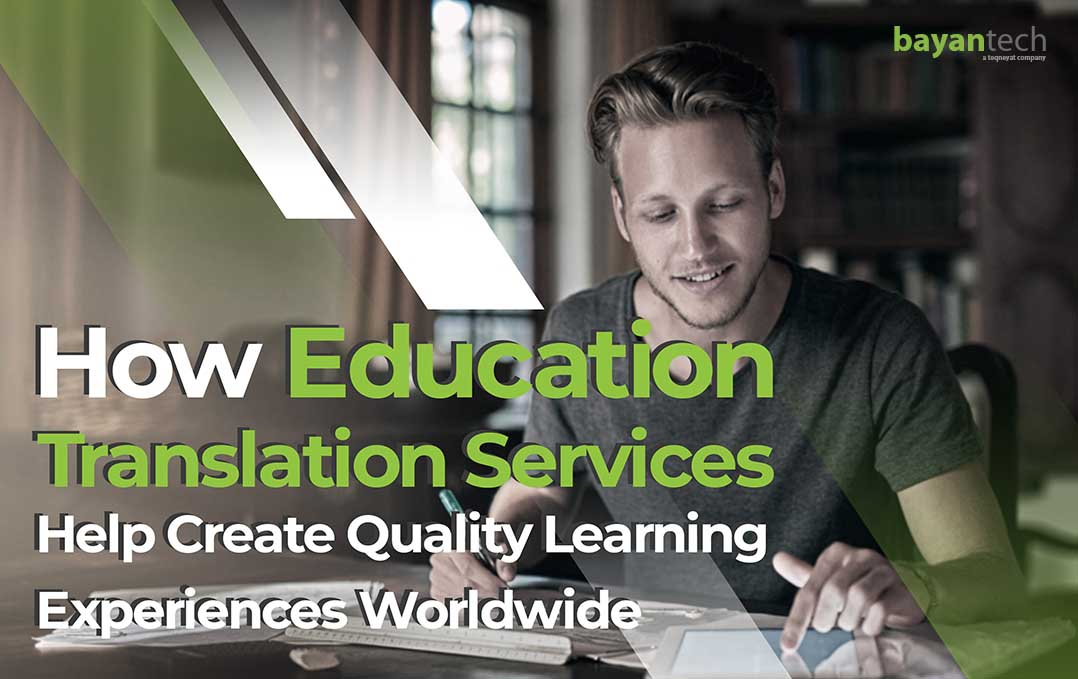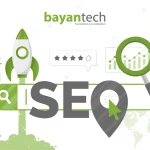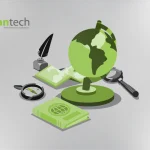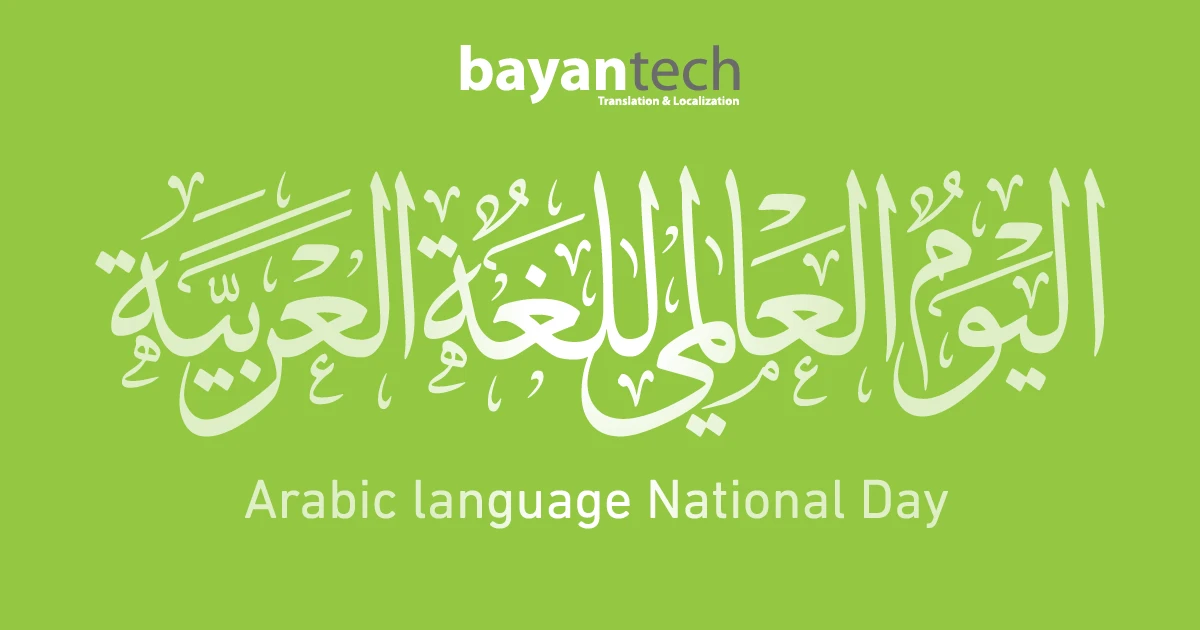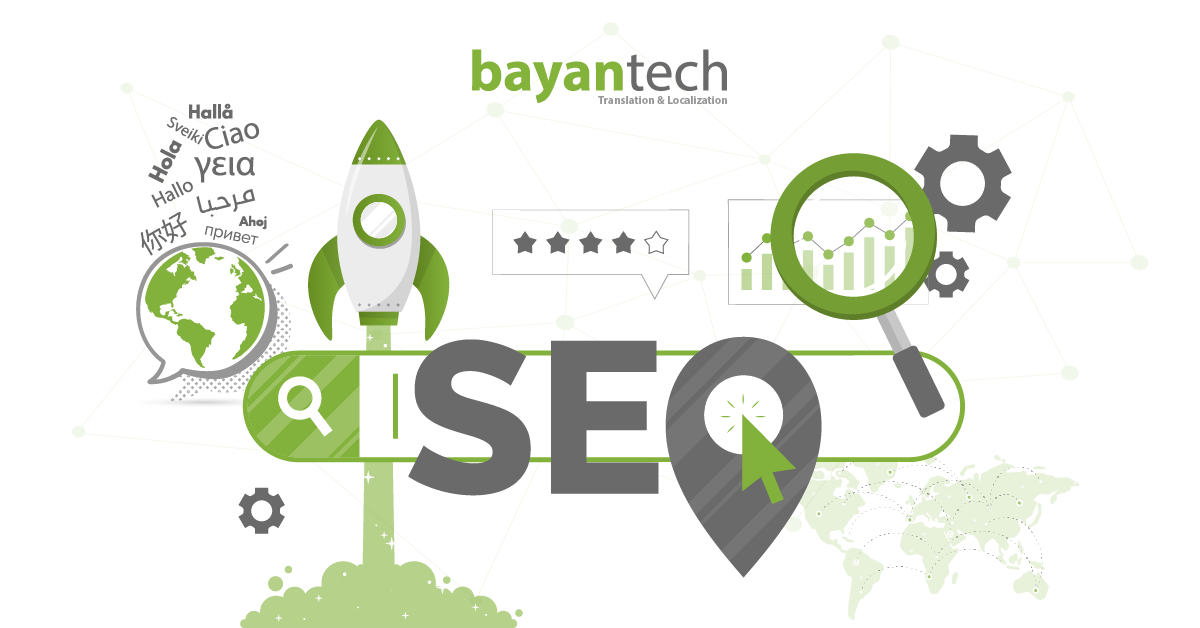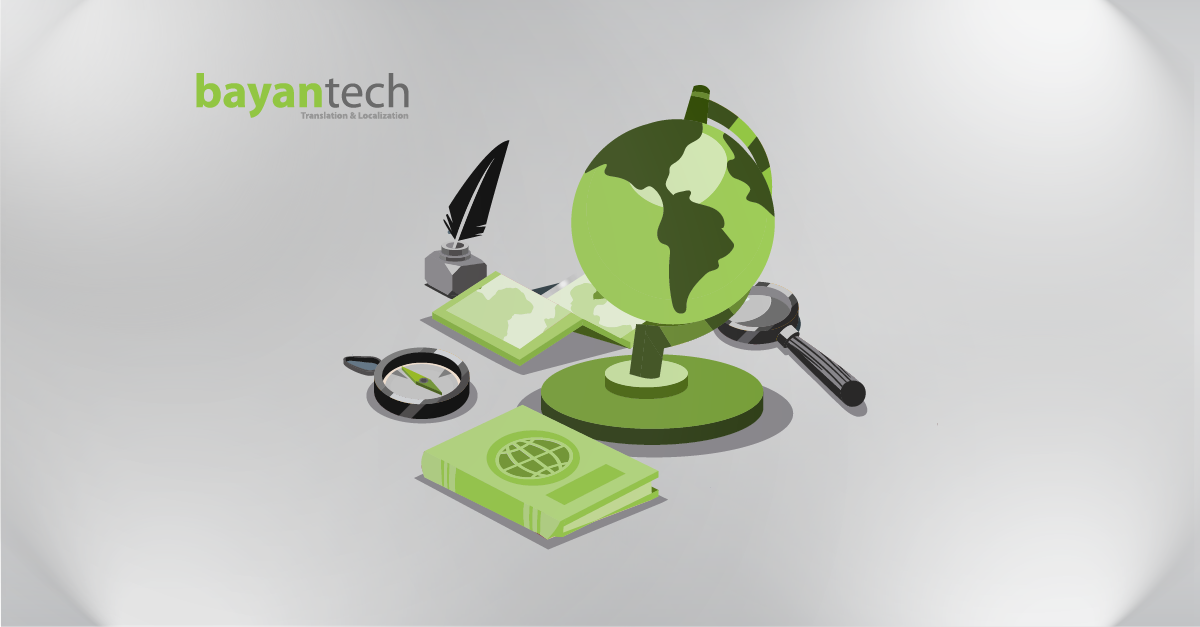eLearning is often seen as the future of education. When it comes to what we understand as educational settings, it’s undeniable that we are in the midst of a paradigm shift. A paradigm shift that has been latent for over two decades but was significantly accelerated by the Covid-19 pandemic.
Traditional educational institutions are increasingly adopting eLearning, and the possibilities for accessing remote education continue to grow significantly for students worldwide. In this post, we’ll explore the current state of eLearning and dive into the crucial role of education translation services.
Table of Contents
-
1- Why eLearning Is on the Rise
-
2- How eLearning Has Changed Educational Institutions
-
3- The Importance of Translation in Education
-
4- Reaching International Students with eLearning Localization
-
5- How an Education Translation Process Can Go Wrong
(and What You Can Do to Avoid It) -
6- Can Education Translation be Automated?
-
7- The 5 Most Common Challenges of Education Translation
-
8- Work with a Leading Education Translation Company
Why eLearning Is on the Rise
eLearning has been growing for two decades. In 2007, approximately 3.9 million students worldwide were enrolled in remote eLearning programs.
Beyond how Covid-19 changed our everyday lives, there are numberless reasons behind the mass adoption of eLearning. One of them is unprecedented worldwide connectivity. The internet is far more accessible than it has ever been, so eLearning opportunities can be seized by an equally unprecedented number of people. That’s how education translation enters the picture: it guarantees that language is not a barrier for international students.
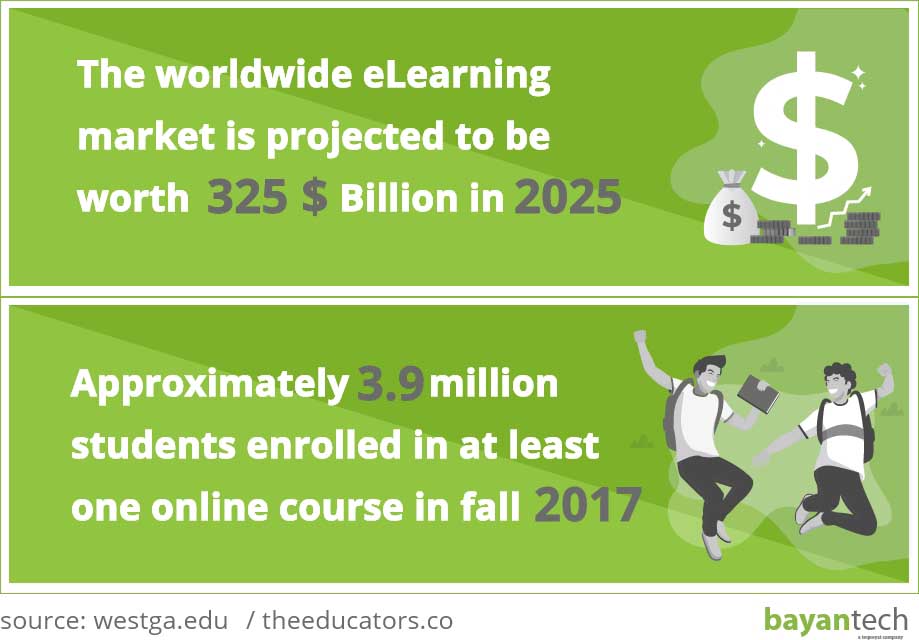
Another potential reason behind the growth of multilingual eLearning is the increased accessibility of eLearning authoring tools and platforms. Courses have been proven to be an extremely profitable way to grow an expertise-focused brand, and the tools to craft them have never been so cost-efficient and easy to use.
The eLearning industry is incredibly diverse, from higher education to corporate training. All sectors and education levels seem to be enjoying the benefits of a remote, dynamic, and digital education.
Of course, all of this brings about new challenges. An international student body isn’t homogenous. Not linguistically, nor culturally. And, for public and private institutions, companies, and individual experts alike, the need for education translation is bound to arise as a natural consequence of international expansion. Let’s take a look at why an accurate language translation service becomes a necessity.
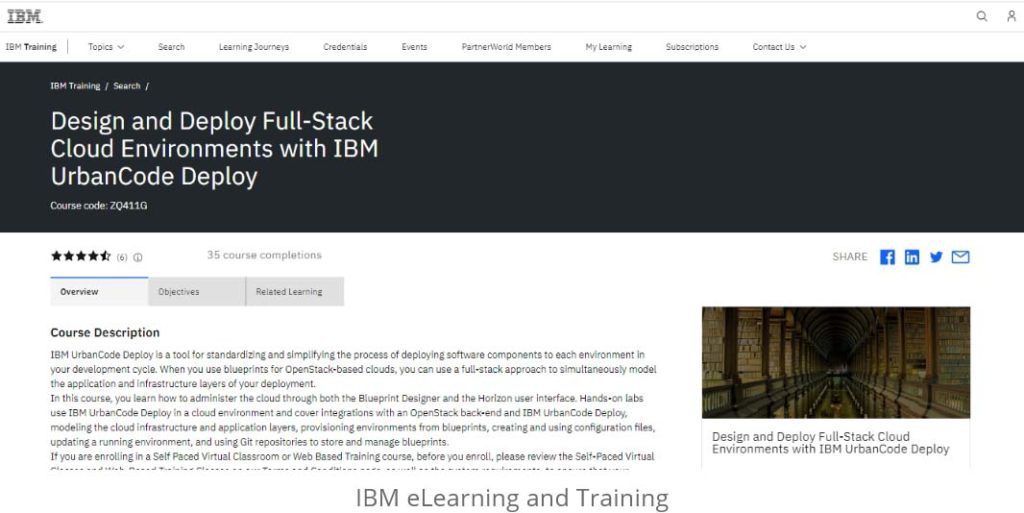
How eLearning Has Changed Educational Institutions
Over the past two decades, a considerable amount of industrial and academic resources have been dedicated to the development and production of new education-oriented technologies.
eLearning encompasses those applications and services that, based on Information and Communications Technology (ICT), are aimed to facilitate the teaching-learning process.
One of the many advantages of eLearning is that it facilitates the collection of data and information. For instance, educational-oriented software can collect data to identify the strengths and weaknesses of high school students and personalize their educational experience accordingly, making it not only enjoyable but also effective.
Standardizing this data-oriented approach in eLearning contributes to the development of efficiency and measurability in the teaching-learning process, and hence, to the qualitative improvement of educational systems worldwide.
We can also track the benefits of implementing eLearning platforms in adult education, demonstrating that learning transcends not only traditional schooling but age barriers, making it possible for employees to study in free hours, without the need to attend a physical institution. It’s also worth mentioning that the implementation of eLearning helped increase retention rates by 60% in the past few years.
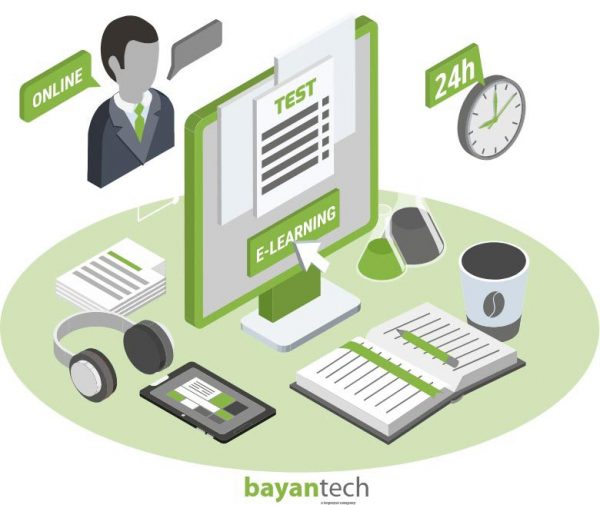
The Importance of Translation in Education
We dare to say that education per se is a form of translation. Educational environments present a specific dynamic characterized by the transmission of knowledge or information. In this context, educators must take on the task of finding the best way to approach students and make certain concepts and ideas memorable.
The key role of education translation services is making knowledge more accessible on a global scale. Courses created in English may not be suitable for Indian or Japanese learners. Educational translation Services focus their efforts on overcoming these linguistic barriers, translating and adapting educational content into target languages and cultures.
Education translation is a subtle art, responsible for the transmission of meaning and knowledge from one language to another. Understanding how the content is taught and being sensitive about the student’s culture-specific worldview plays a major role in this delicate field.
Education translation services are usually discussed in broad terms. But, depending on the discipline, educational level, and subject at hand, specific translation needs may arise.
For example, we may be talking about the same educational institution, but different careers. The translation and adaptation process of the content for a biochemistry degree will not be the same as for a history degree. This is something that an expert education translation services provider can’t lose sight of. The team they assemble, the process they plan out, the resources they use, and the priorities they set must be tailored accordingly.
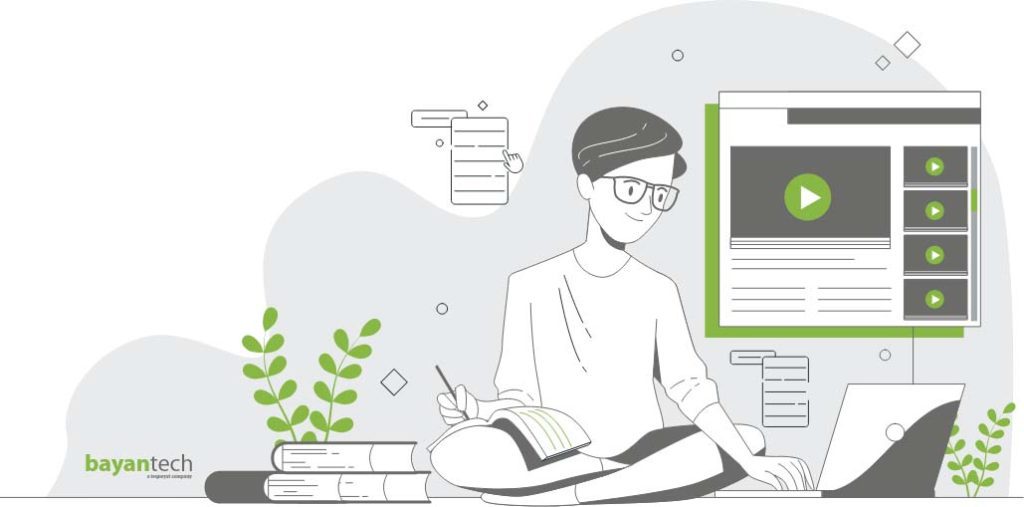
Reaching International Students with eLearning Localization
Globalization is an economical, political, and social reality based on constant communication and exchange between countries. Thanks to technological advances, the geographic barriers to commercial and cultural exchange have been minimized if not eliminated, but linguistic and cultural differences remain clear. For example, if a Chinese university acquires an English interactive learning software, translation won’t be sufficient. For the institution to take full advantage of the product, a detail-oriented eLearning localization process will be necessary.
Localization consists of adapting a product so it meets the cultural, linguistic, and regulatory standards of a certain target locale. The process often involves developers, designers, and experts beyond the range of translation services.
While some institutions may take on the endeavor of assembling a localization team themselves, it’s best to establish a working relationship with an eLearning translation services provider.
An education translation company will have the industry know-how to guarantee high translation standards as well as the industry connections to assemble the necessary team in no time.
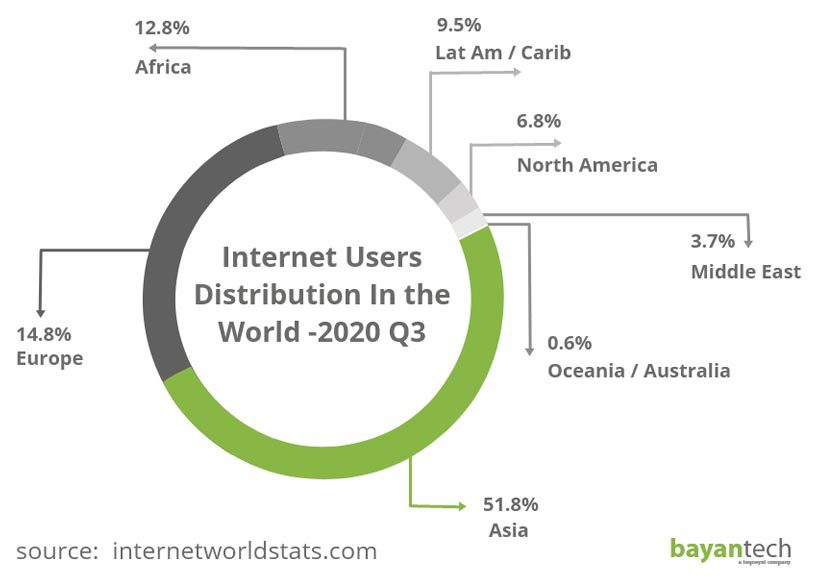
How an Education Translation Process Can Go Wrong (and What You Can Do to Avoid It)
As we mentioned earlier, eLearning translation is not optional when it comes to guaranteeing that your international students can take full advantage of your course, whether they’re high-school students or company employees who need to update their skills.
The process of eLearning translation should focus on rendering the learning materials to make them easy to understand, readable, and faithful to the original. Any mistake can hinder the learning process or even offend or alienate the target audience.
Here are some common challenges you must be on the lookout for to make your eLearning translation process a success:
Know your facts
Education translation services are best provided by subject matter experts. Knowing the subject at hand reduces the potential for the types of mistakes that will make the learning material unreliable.
When embarking on an education translation project, an expert translator will most likely audit the source material, recognize goals and potential challenges, and craft a glossary.
Implementing a glossary ensures consistent terminology usage across the learning material. This is especially important if the content is in various formats.
You’ll want the subtitles in your videos to use the same terminology as the class notes.
It’s not just about language
Your course material may include images, jokes, examples, or symbols that are extremely specific to your source culture. Failing to adopt these aspects of the material can leave international students confused and distressed. Learners must be able to fully connect and understand the content. A wise strategy may be to use visual content that is more globally recognized and embraced. An even wiser strategy is implementing eLearning localization.
Translate across formats
This may be a fairly obvious statement, but the totality of the content of an eLearning course may not be in writing. Not producing a script of the audiovisual content will only hinder the translation process. Education translation services often include a team of expert translators and subtitlers who will be in charge of making the audiovisual content easy to understand for foreign students. Your eLearning authoring tool will definitely shape this step. For instance, Storyline translation is notably easy. But some alternatives may not have such intuitive content extraction functionalities.
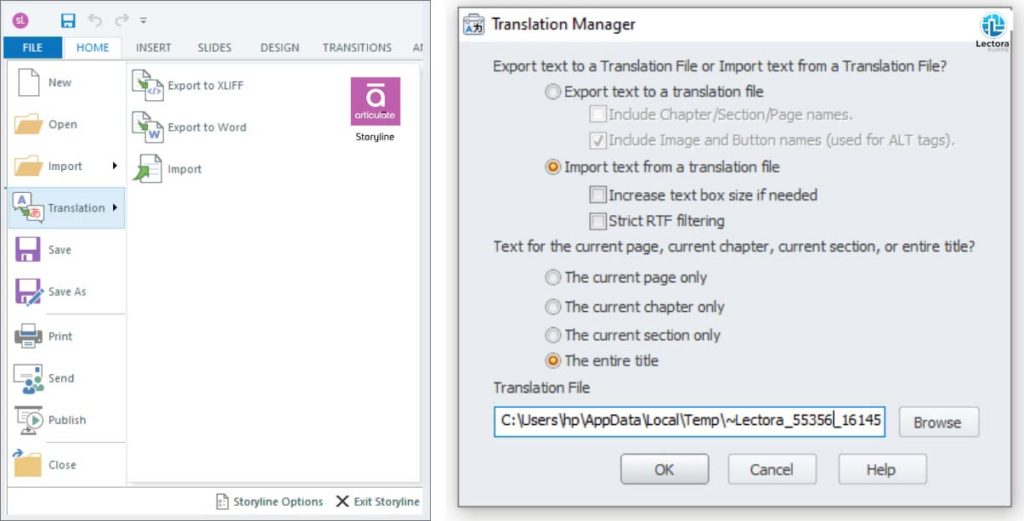
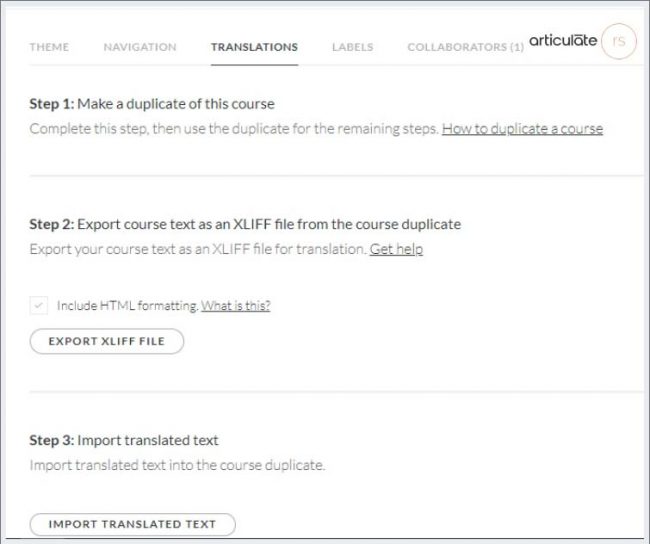
Define the project scope
You will need to define the scope of the project. What type of translation will be necessary? What’s the volume of the material in question? What formats are involved? What challenges may the material pose?
An academic translation service will submit higher education material to a process that will be very different from the translation of a MOOC.
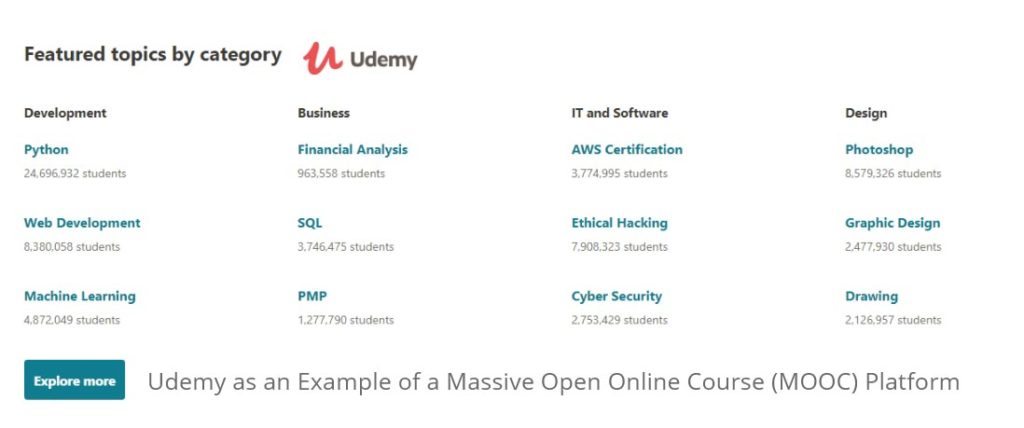
Can Education Translation Services be Automated?
Automated translation platforms make worldwide communication possible and accessible to everyone. But translation tools offer a barely entry-level service and cannot replace a human translator. This is especially the case in education translation services, which require considerable expertise across areas.
It was just a few years ago that translation tools started to update their capacity of transmitting a better quality in meaning in different languages, not only the most common ones, like English, French, Spanish, etc.
For example, in November of 2016, Google updated a new version of Google Translate, which works with an engine called Google Neural Machine Translation (GNMT). This helps translate complete sentences thanks to the use of artificial neural networks that function similarly to the human brain cells.

These systems are taught to adapt to many texts that were previously translated by humans to be able to “understand” the targeted language and get a better translation. These systems are also significantly different from their predecessors, which were phrase-based and used to translate word-by-word.
Nevertheless, the new system still has its disadvantages. For instance, it can’t tell which words belong to proper nouns; it makes transliterations that don’t match with the targeted language because it’s still not unaccustomed to it; but most importantly, we all know the literature field is a very complicated one and the small mistranslation can cause many problems. And that’s why, even in the years to come, neural translation systems will not be able to replace human translators, no matter what. They still have a long way to go.
Are you a linguist learning about education translation?
We’ve compiled some of our key eLearning tips
into an actionable guide.
The 5 Most Common Challenges of Education Translation
When educational institutions become multicultural environments, ensuring high-quality communication between learners, teachers, and administrative staff is key. In these contexts, an education translation services provider can become a priceless ally. But, what should you have in mind when vetting potential translation companies?
Let’s take a look at 5 factors that need to be taken into account when seeking education translation services:
Turnaround Time & Budget
When translating documentation such as school forms, it is important to ensure a high degree of accuracy. It’s often thought that bilingual employees can easily translate these documents at home to save money and time, or that a quick online translation service (such as Google Translate) will suffice. Both methods represent the same problem: low-quality translation. Staff may not be familiar with specific terminology and Google Translate will simply translate word-to-word, when in fact a deep understanding of grammar rules and conventions is required.
Document translation must be carried out by professional translators who are native speakers of the required language, implement translation best practices, and work with great commitment to the translation process.
Working with an education translation services provider not only will ensure the accuracy of the translation but will represent a better cost-benefit ratio in the long run.
Client Confidentiality
All relevant documentation and translation memory will be secured and saved. If we’re dealing with a situation that requires medical information to be translated, a high-quality translation isn’t the only goal here. An upstanding education translation service will provide not only confidentiality but regulatory compliance, alongside professionals who won’t compromise the interest or standards of the institution or school district.
Sign up to our newsletter to receive the latest blogs and news.
Work with a Leading Education Translation Company
Are you looking for education translation services? At bayantech, we’re a language services leader with almost twenty years of experience serving the education industry in over 260 languages.
Our education translation services are the product of native professional translators, working with specialized project management and the best tools in the industry. We deliver precise translations, at the necessary speed, at a highly competitive rate.

